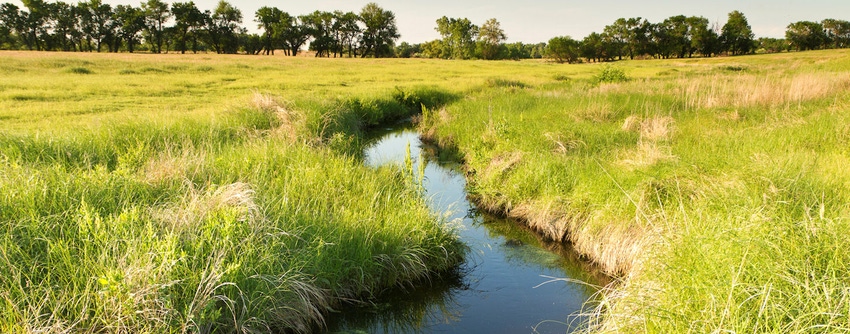
Illinois farmer Katie Pratt stood at the microphone yesterday during the U.S. Farmers & Ranchers Alliance Ag Day briefing, and talked about how she grew up on the farm. They baled hay, and picked peas, and took care of cattle, and baled hay, and then baled some more hay. She talked about the farm operation she married into, and how excited she is that they can figure out down to the square foot what a corn plant needs and which ones have beetles eating silks.
Pratt's explanation was exactly the message that resonates with consumers, based on broad USFRA research. Science, facts and figures don't sway them, but the story of an individual farm does. The research was presented as part of the National Ag Day celebration in Washington, D.C. this week.
Erika Poppelreiter, a Kansas farmer and USFRA representative, shared that among their research, they learned that only a third of Americans believe that pesticide use has decreased sharply since 1999. Further, 38% believe the government can't be trusted; 33% believe the media gets the story wrong; and 49% believe agriculture is "on the wrong track."
What does resonate with them is the ability to address their high-level concerns, specifically, what is the long-term health impact of the way we grow food?
USFRA says the message has to change. "It's not what you say, it's what they hear," Poppelreiter said.
"When we say 'safe, affordable and abundant' – which I've said many times – they hear, 'are pesticides really safe, at what cost to quality and maybe we have too much food,'" she added.
When agriculture says, "our methods are proven safe," they hear, "Your methods tamper with nature." When ag says, "most farms are family run," they hear, "but beholden to big processors and the bottom line." When ag says, "we have the safest food supply in the world thanks to the ag industry," they hear, "you will take profitable short cuts if and when you can."
Both Pratt and Poppelreiter emphasized the need to change the way agriculture talks about agriculture, and as Katie did to open the briefing, tell a story and show enthusiasm for technology and other methods.
For more on the research, check out www.fooddialogues.com.
About the Author(s)
You May Also Like




